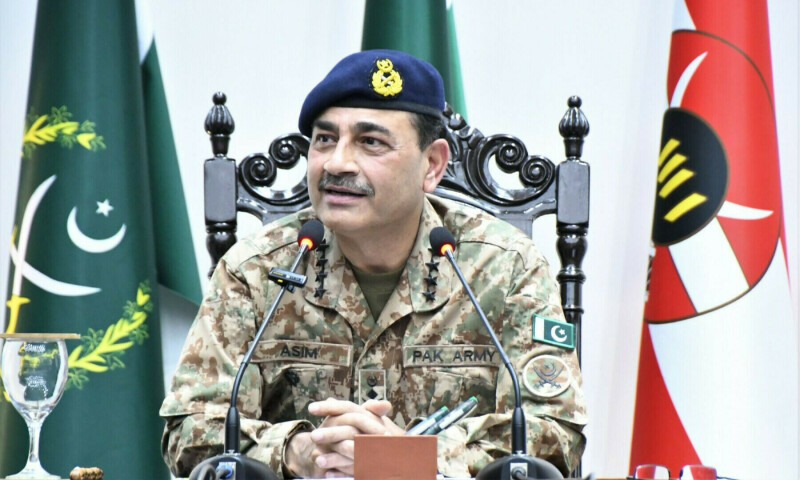LAHORE: The recent military attachment for civil service officers from Pakistan’s 52nd Common Training Programme (CTP) has drawn strong praise. Participants called it eye-opening, intellectually rich, and crucial for civil-military cooperation.
Over three months, young probationary officers worked closely with military formations across Pakistan. These included peaceful urban zones and sensitive areas like Gilgit-Baltistan and Azad Jammu and Kashmir. The aim wasn’t combat readiness. Instead, the focus was to expose officers to the discipline, structure, and mission-driven culture of the Pakistan Armed Forces.
One of the key highlights was a meeting with the Chief of Army Staff, Field Marshal General Hafiz Asim Munir, at the General Headquarters. Speaking to the officers, General Munir emphasized unity. “The real strength of Pakistan lies in the harmony of its institutions,” he said. “When civil administrators and military leaders walk side by side, no challenge is too great.” His message deeply moved the officers, reinforcing the core idea of joint national service.
During the attachment, officers observed military drills, engaged in field visits, attended operational briefings, and interacted directly with troops. These activities offered a close look into Pakistan’s national security framework. Officers saw firsthand how the armed forces manage emergencies and operate in challenging terrains. They understood how different the armed forces’ tactical systems are compared to the long-term planning model of the civil sector.
Many participants shared their reflections with the media. They praised the Army’s dedication, patriotism, and professionalism. One officer noted, “We witnessed how soldiers live with discipline, unity, and purpose. It gave our own commitment a new depth.” Others echoed similar thoughts, stressing that the attachment was not indoctrination. Instead, it was an open and respectful exchange, enriching civil-military relations.
Officers also gained access to areas and facilities normally closed to civilians. These included command centers and operational units. They learned about the Army’s hierarchy, strategic roles, and the logistics behind national defense.
Beyond the strategic angle, the program also revealed the personal side of military life. Officers saw the financial pressures faced by soldiers and the sacrifices of their families. One participant said, “The hardships these families endure are often unseen in civilian circles.” Another added, “We built real friendships with military officers—founded on respect and shared purpose.”
A common theme among the testimonials was the contrasting roles of the two institutions. Civil officers are trained in policy, flexibility, and public engagement. Military officers focus on speed, execution, and precision. But participants saw this contrast as a strength. Together, they believed, these qualities can lead to more effective governance—especially during crises like natural disasters or wartime.
Many officers also offered recommendations. They suggested that future programs should not copy the physical training of cadets. Instead, they should center around strategic immersion. “The training should focus on joint thinking and not just military routines,” one officer explained.
Others called for more simulation-based learning. This would include exercises showing how civil and military teams respond together in emergencies. “We need more real-time coordination training—especially in disaster management and law enforcement,” an officer concluded.
The officers are now back at the Civil Services Academy for their Special Training Programme. But they carry with them a powerful lesson: civil-military cooperation is vital. Their shared experience was not just a training course. It was a defining chapter in their journey toward national service.
At a time when civil-military relations often face public debate, their reflections offer a hopeful view. They believe empathy, mutual respect, and structured collaboration can unite both sides. This attachment was not only educational—it was transformational. It gave these future bureaucrats a new lens through which to serve Pakistan—together, not apart.


